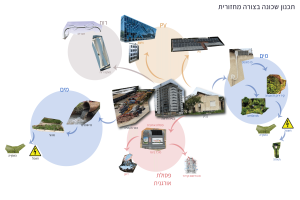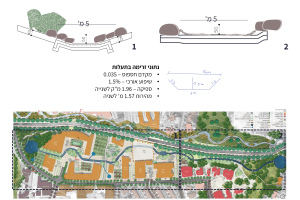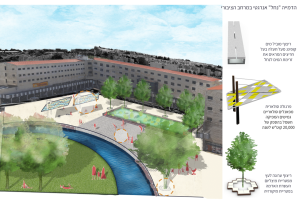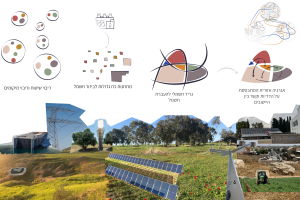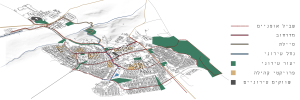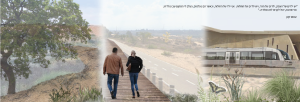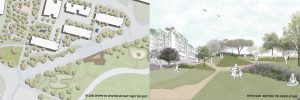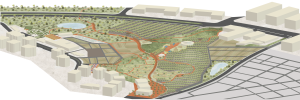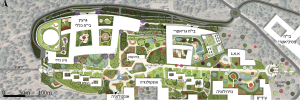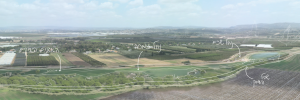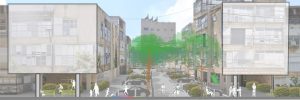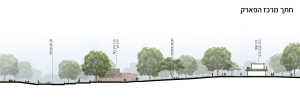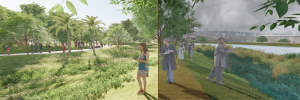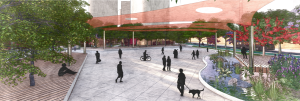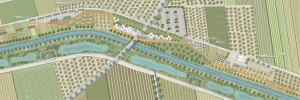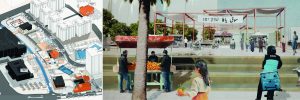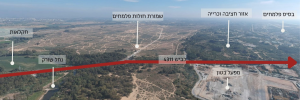Drop in Voltage
Drop in voltage | Landscape enhancement through a model for energy independence | Tkuma region
The acute need to reduce greenhouse gas emissions has set global and national goals for transitioning to renewable energy by 2050. In Israel, this requires a fourfold expansion of electrical power lines, within the framework of the establishment of extensive infrastructure for electricity generation and transmission. The Tkuma region in the western Negev, with its abundant hours of sunlight, and therefore significant potential for solar energy generation, exceeding its actual consumption needs. This potential presents an opportunity for the area to serve as a model for decentralized energy generation on a regional scale, to function as an “independent energy island”, and thus reduce the need for new transmission infrastructure.
Renewable energy generation affects the landscape and its resources, and might be wasteful in space throughout the phases of the process, from production, transmission, distribution, storage (batteries/containers), and control. The Tkumah region includes ecological corridors and scenery for preservation, agricultural fields, cancerous sandstone ridges, and streams. How, then, can such a unique landscape be preserved while achieving energy optimization? The project proposes planning micro-grids, diverse electricity generation methods, on different scales. On a regional level, cooperation between the kibbutzim and the city of Sderot so that the kibbutzim will be able to meet their energy needs and supply the surplus to the city. On the urban level, the division of Sderot into neighborhoods by natural streams that cross the city, and which will generate electricity based on land use. On the neighborhood level, the plan includes creating an energetic “river” inspired by a local seasonal stream that the project strives to restore. Thus, two parallel systems are created: one generating electricity for lighting and irrigation, and the other integrating with local landscape features. On the building level, setting guidelines for its integration into the scenery, while meticulously adhering to landscape details that incorporate energy aspects.







